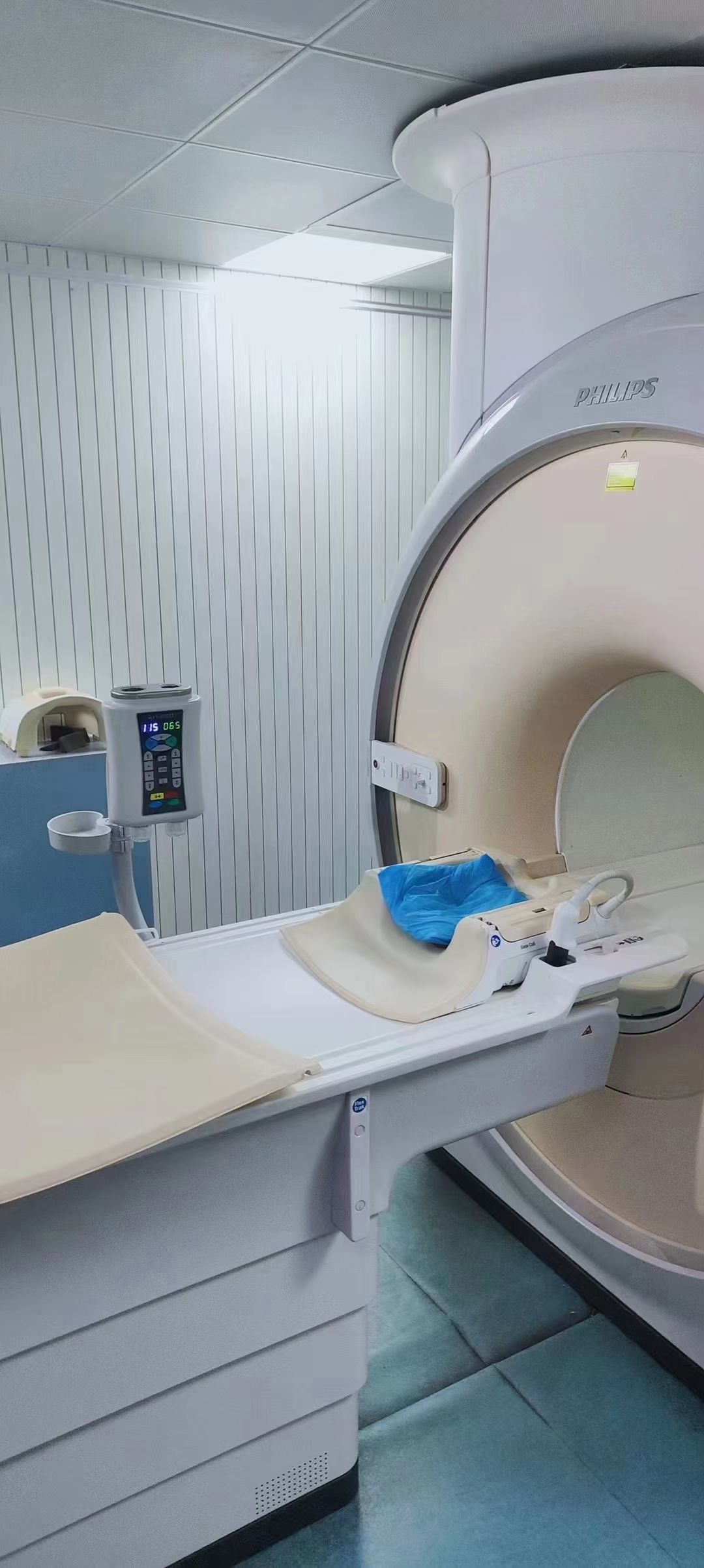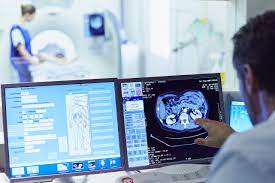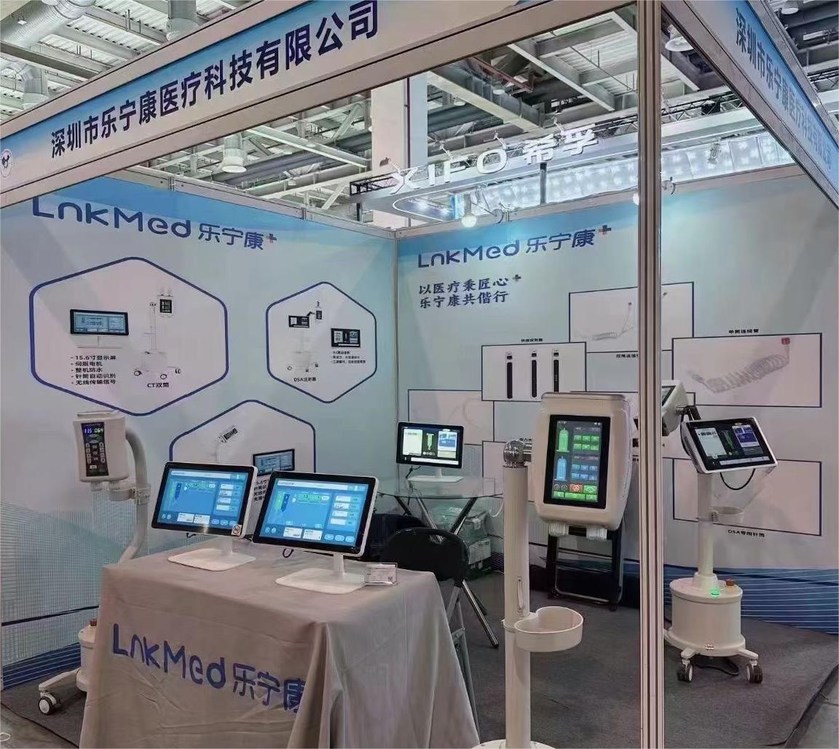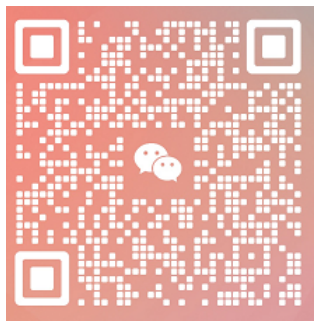This week, the IAEA organized a virtual meeting to address the progress in mitigating radiation-related risks for patients requiring frequent medical imaging, while ensuring the preservation of benefits. At the meeting, attendees discussed strategies to bolster patient protection guidelines and implement technological solutions for monitoring patient exposure history. Furthermore, they reviewed international initiatives aimed at continually enhancing the radiation protection of patients.
“Every day, millions of patients benefit from diagnostic imaging such as computed tomography (CT), X-rays,(which are completed by contrast media and generally four types of high presspure injectors: CT single injectior, CT dual head injector, MRI injector, and Angiography or DSA high pressure contrast media injector(also be called “cath lab“), and also some syringe and tubes ), and image-guided interventional procedures nuclear medicine procedures,but with the increased use of radiation imaging comes the concern about the associated increase of radiation exposure for patients,” said Peter Johnston, Director of the IAEA Radiation, Transport and Waste Safety Division. “It is critical to establish concrete measures to improve justification for such imaging and optimization of radiation protection for each patient undergoing such diagnosis and treatment.”
Globally, more than 4 billion diagnostic radiological and nuclear medicine procedures are conducted annually. The advantages of these procedures greatly exceed any radiation risks when they are performed in accordance with clinical justification, employing the minimal requisite exposure to accomplish the necessary diagnostic or therapeutic goals.
The radiation dosage resulting from an individual imaging procedure is typically minimal, typically varying from 0.001 mSv to 20-25 mSv, depending on the type of the procedure. This level of exposure is similar to the background radiation that individuals naturally encounter over a span of several days to a few years. Jenia Vassileva, a Radiation Protection Specialist at the IAEA, cautioned that the potential risks associated with radiation may increase when a patient undergoes a series of imaging procedures involving radiation exposure, particularly if they occur in close succession.
Over 90 experts from 40 countries, 11 international organizations and professional bodies attended the meeting from 19 to 23 October. Participants included radiation protection experts, radiologists, nuclear medicine physicians, clinicians, medical physicists, radiation technologists, radiobiologists, epidemiologists, researchers, manufacturers and patient representatives.
Tracking radiation exposure of patients
Precise and consistent documentation, reporting, and analysis of radiation doses received by patients at medical facilities can improve the management of doses without compromising diagnostic information. Utilizing the recorded data from previous examinations and administered doses can play a key role in averting unnecessary exposures.
Madan M. Rehani, Director of Global Outreach for Radiation Protection at Massachusetts General Hospital in the United States and Chair of the meeting, revealed that the expanded usage of radiation exposure monitoring systems has provided data suggesting that the number of patients accumulating an effective dose of 100 mSv and above over several years due to repeated computed tomography procedures is higher than previously estimated. The global estimate stands at one million patients per year. Furthermore, he emphasized that one in every five patients in this category is anticipated to be below 50 years of age, raising concerns about potential radiation effects, especially for those with longer life expectancies and a higher possibility of cancer due to increased radiation exposure.
The Way Forward
Participants reached the consensus that there is a necessity for improved and efficient support for patients dealing with chronic illnesses and conditions necessitating frequent imaging. They concurred on the importance of widely implementing radiation exposure tracking and integrating it with other healthcare information systems to achieve optimal outcomes. Moreover, they stressed the requirement to advance the development of imaging devices that employ reduced doses and standardized dose monitoring software tools for global application.
However, the efficacy of such advanced tools relies not solely on machines and improved systems, but on the proficiency of users such as physicians, medical physicists, and technicians. Thus, it is vital for them to acquire suitable training and up-to-date knowledge regarding radiation risks, exchange expertise, and engage in transparent communication with patients and caregivers about the advantages and potential risks.
Post time: Dec-27-2023











